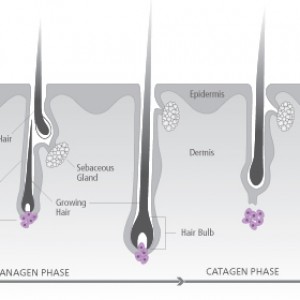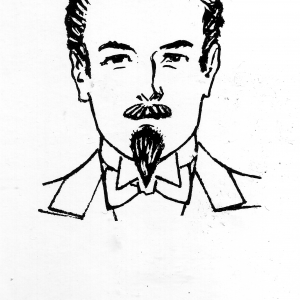With a high prevalence of baldness in the population, it seems quite common, especially as we age, to be concerned over those stray hairs building up in your hair brush and shower drain. But how likely are these concerns to come to fruition? It’s impossible to predict with 100% certainty
Read more →Hair growth occurs from within the hair follicle in the skin. The hair follicle goes through a cycle of growth containing four main stages: Anagen – active growth Catagen – regression Telogen – rest Exogen – shedding Each individual strand of hair is at a different stage of development in
Read more →Low level laser therapy (LLLT) uses red light to stimulate hair growth. Two recent clinical trials investigated the use of a home-use LLLT helmet device (iGrow helmet, Apira Science) in men1 and women2 with androgenetic alopecia. The bicycle-like apparatus was used in the home for 25 minutes, every other day
Read more →Over the last couple of years, facial hair restoration (particularly beard transplants) has grown in popularity. Various media outlets have noticed this growing trend. (1) Facial hair restoration can be used to create natural appearing facial hair where hair is sparse or completely absent. This can include restoring hair to
Read more →One of the limiting factors in hair transplantation is the amount of donor hair that an individual has on the scalp. For patients with extensive hair loss scalp donor hairs may not provide sufficient coverage for all affected areas. Body hair transplantation has emerged as a new option for selected
Read more →
















